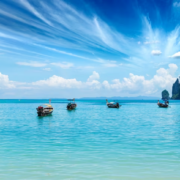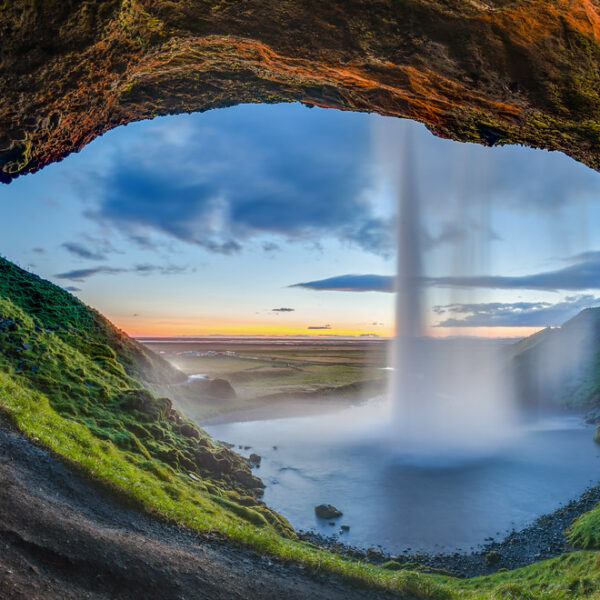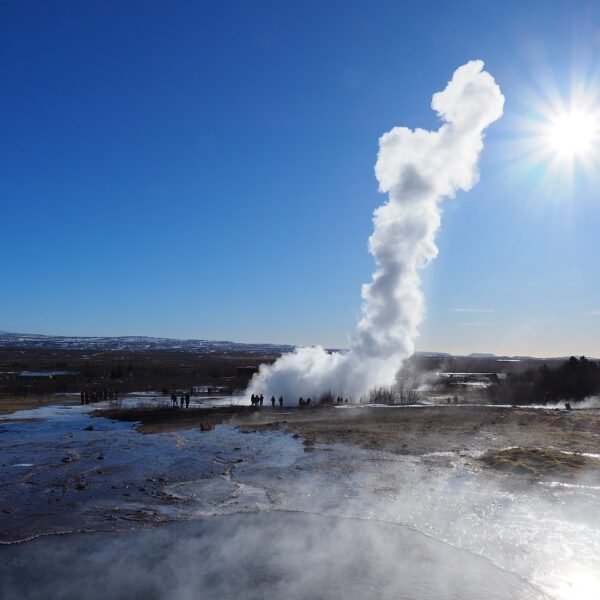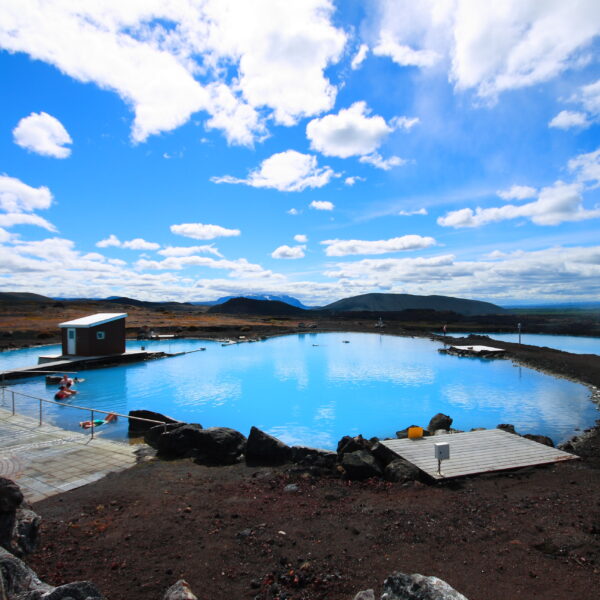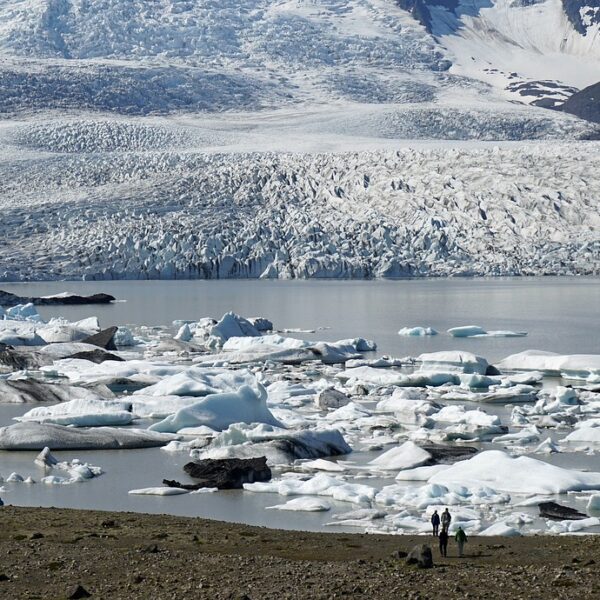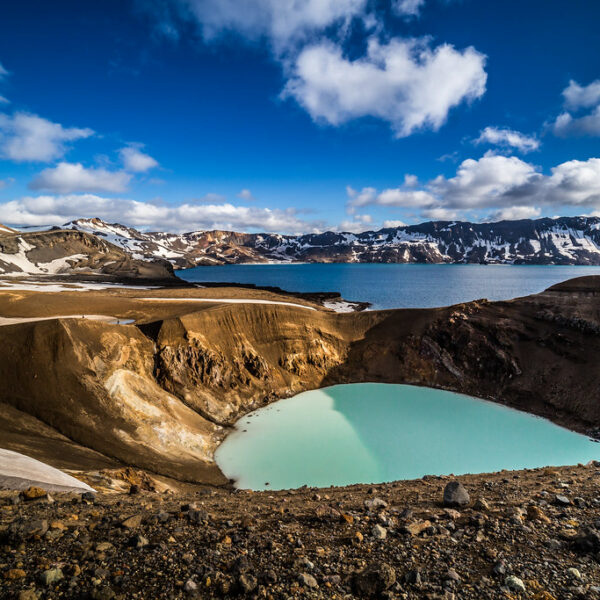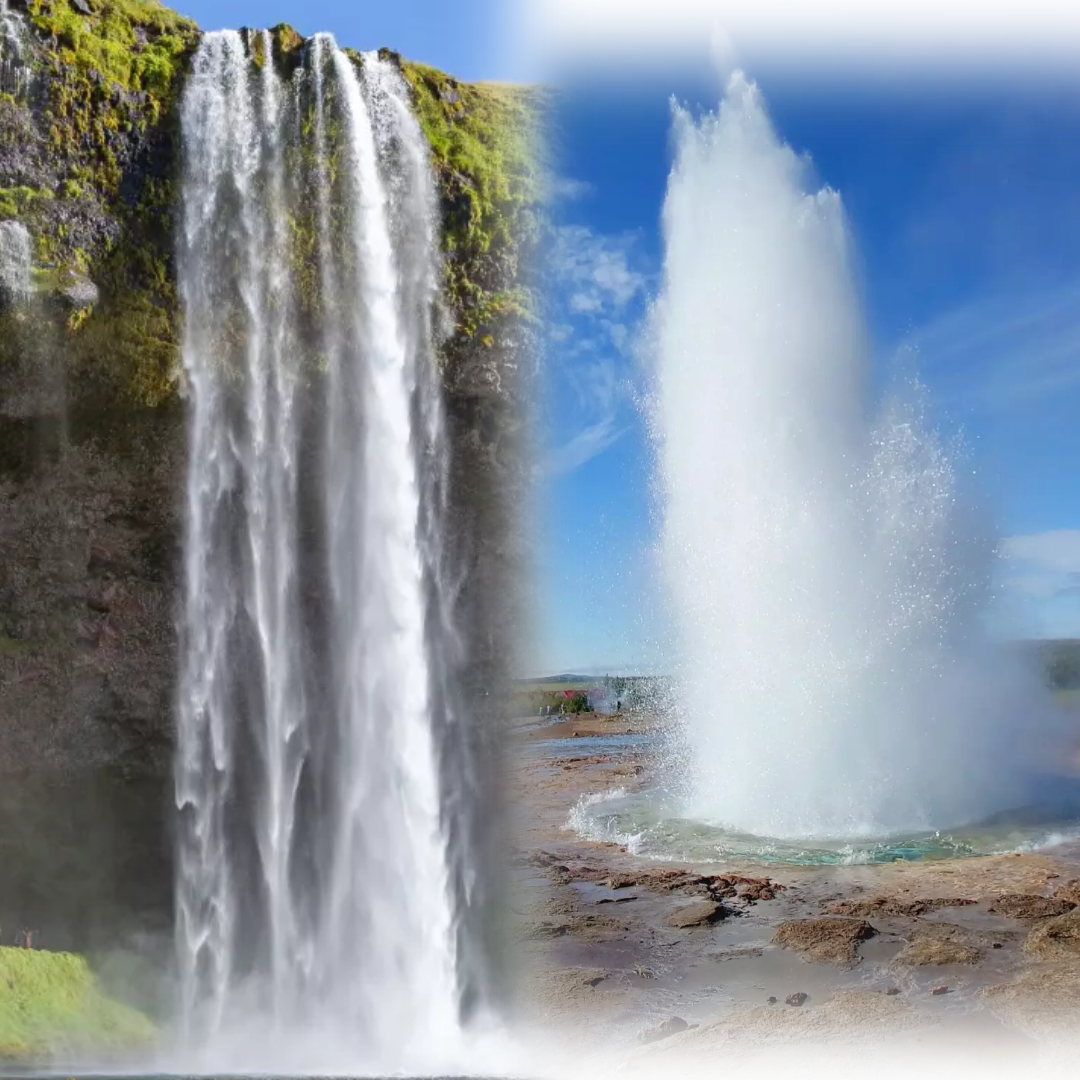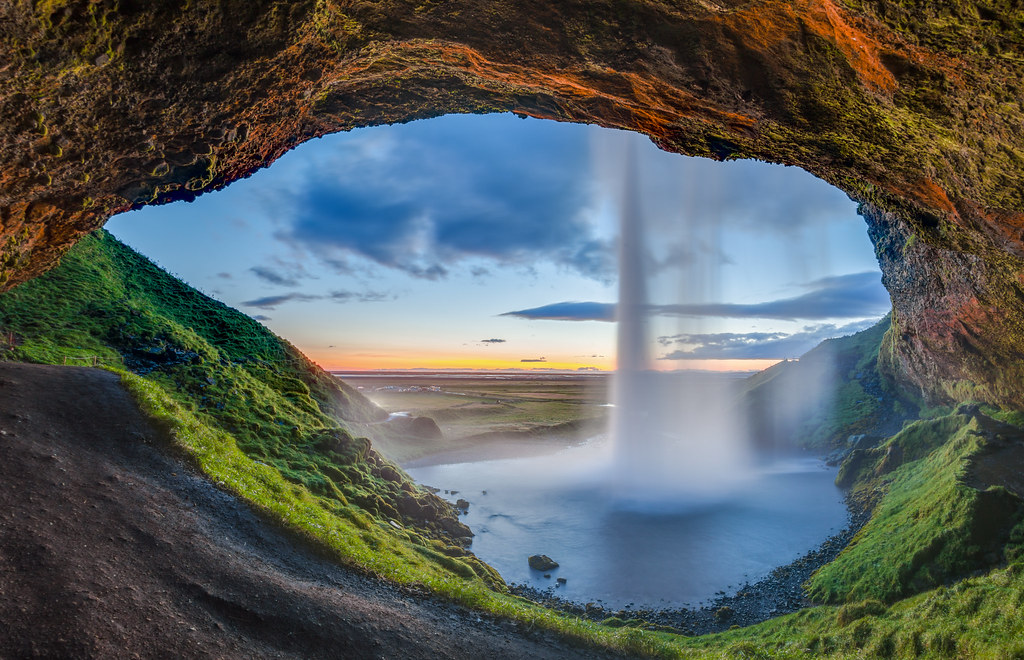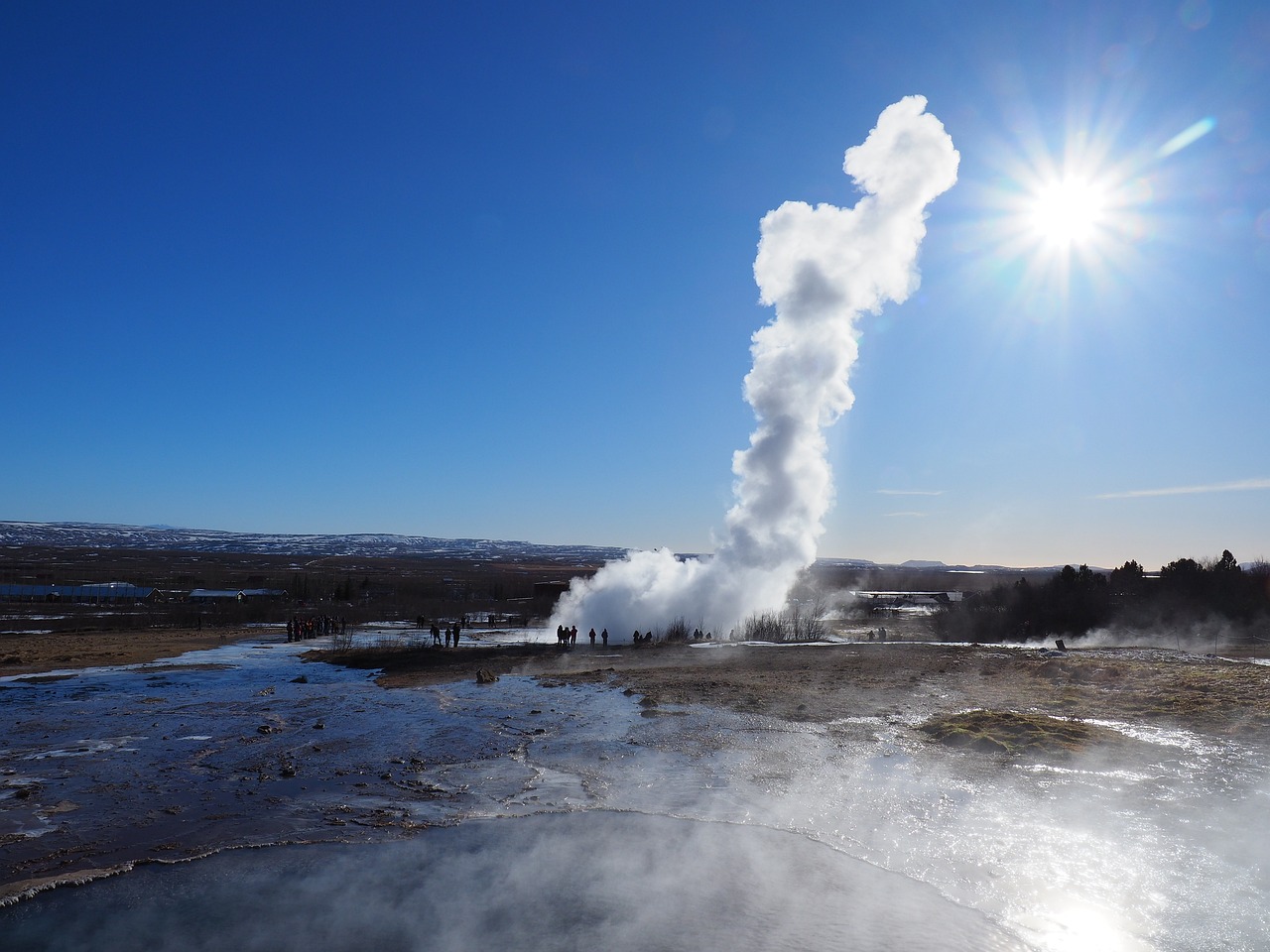Discover the Enchanting World of Birdwatching in Iceland
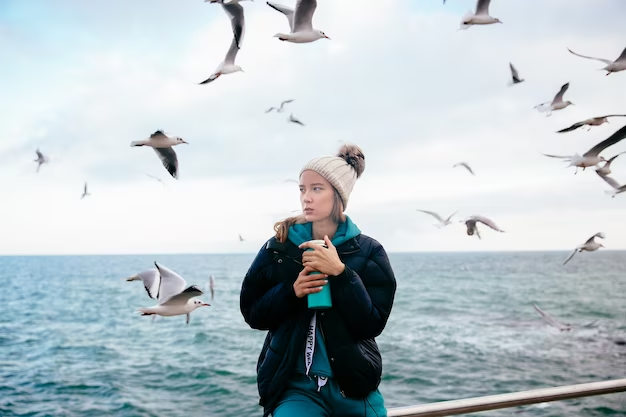
Welcome to the breathtaking birdwatching in Iceland, an avian paradise in the North Atlantic. Iceland’s unique landscapes and diverse avian life make it a dream destination for birdwatchers, both seasoned and newcomers alike.
In this blog, we will explore some of Iceland’s top birdwatching sites, the remarkable bird species that call this island home, essential birdwatching tips and techniques, the best time to visit for optimal birdwatching experiences, and the necessary equipment and gear to make your trip a memorable success.
Birdwatching in Iceland Hotspots
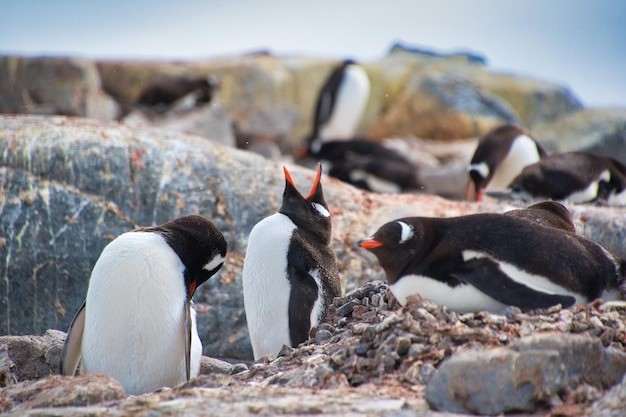
Iceland boasts a myriad of sites for birdwatching in Iceland, each offering its unique charm. The cliffs of Látrabjarg, towering over the ocean, are a haven for thousands of seabirds, including the iconic Atlantic Puffins.
Lake Mývatn, with its serene beauty, attracts a vast array of waterfowl and waders, while the Westfjords are teeming with diverse bird species due to their varied landscapes. Iceland’s biodiversity will be awe-inspired, from coastal areas to lush wetlands.
1.Cliffs of Látrabjarg
Located in the remote Westfjords region, the Cliffs of Látrabjarg is a birdwatching paradise and a breeding ground for countless seabirds. These towering cliffs, stretching over 14 kilometers, are home to one of the largest seabird colonies in the world.
You will find Atlantic Puffins, Razorbills, Guillemots, and Northern Gannets nest precariously on the sheer rock faces here. Witnessing these colorful birds in their natural habitat, with the crashing waves of the North Atlantic below, is awe-inspiring. For the best experience, visit during the summer breeding season when the cliffs are bustling with activity.
2. Lake Mývatn
This serene lake, situated northeast of Iceland, is a mecca for birdwatchers seeking a diverse range of waterfowl and waders. Lake Mývatn’s shallow waters and nutrient-rich mud flats attract a variety of bird species, including Red-necked Phalaropes, Common Eiders, Barrow’s Goldeneyes, and Great Northern Divers.
The surrounding wetlands are also vital nesting sites for many species. While exploring the lake’s surroundings, watch for Arctic Terns fiercely protecting their nests and chicks, providing a fascinating display of parental dedication.
3. Westfjords
The Westfjords region is a haven for birdwatchers seeking to immerse themselves in Iceland’s untamed beauty, covering a vast expanse of rugged fjords, dramatic cliffs, and lush valleys. The diverse habitats found here support a wide array of birdlife.
Nesting seabirds frequent the cliffs and coastal areas, while the inland wetlands attract waterfowl and waders. Arctic Foxes, known for their scavenging habits, are sometimes spotted in this remote region, adding to the sense of adventure and wilderness.
4.Hornstrandir Nature Reserve
For those seeking a truly off-the-beaten-path experience, Hornstrandir Nature Reserve offers an unparalleled opportunity to observe Iceland’s untouched wilderness and unique bird species. As a protected area with no roads, the reserve can only be accessed by boat or on foot.
This remoteness has allowed the birdlife to flourish undisturbed. Arctic Skuas, Arctic Terns, and Snow Buntings are among the many birds that find sanctuary in this pristine environment.
5.Snæfellsnes Peninsula
Situated on Iceland’s west coast, the Snæfellsnes Peninsula is a picturesque region boasting diverse birdwatching opportunities. The coastline, with its sea stacks and cliffs, provides nesting sites for various seabirds.
At the same time, the volcanic plains and wetlands attract numerous species of waterfowl. Please keep your eyes peeled for the charismatic Harlequin Ducks, often spotted in fast-flowing rivers and streams, showcasing their striking plumage.
Unique Bird Species in Iceland
Prepare to be captivated by the extraordinary bird species that inhabit Iceland. With their colorful beaks, the adorable Atlantic Puffins are a sight to behold as they come ashore to nest. The majestic Gyrfalcons, the largest of all falcon species, rule the skies with their awe-inspiring aerial displays.
Other unique birds include the striking Harlequin Ducks and the elegant Red-throated Divers. These avian wonders play crucial roles in Iceland’s ecosystem, and some may even be considered endangered, making them all the more special to observe and protect.
Tips and Techniques for Birdwatching in Iceland

For a successful birdwatching in Iceland adventure, mastering some essential techniques is key. Identifying bird species based on their features, behaviors, and calls will enhance your experience. Patience and stealth are essential, as birds are easily spooked.
If you are keen on capturing the magic through bird photography, maintain a safe distance and avoid disturbing their natural habitat. Responsible birdwatching ensures that these beautiful creatures thrive in their environment.
Best Time to Birdwatching in Iceland
The best time to indulge in birdwatching in Iceland largely depends on the birdwatching season and migration patterns. Spring and summer are prime times to visit, as migratory birds flock to the island to breed and nest.
Witnessing their courtship rituals and caring for their young is a truly heartwarming experience. Additionally, consider planning your trip around birdwatching events or festivals to fully immerse yourself in Iceland’s avian wonders.
Equipment and Gear Birdwatching in Iceland
To make the most of your birdwatching in Iceland excursion, invest in good-quality binoculars to observe the birds in their natural habitat without disturbing them. Field guides are invaluable resources for identifying different species, and they will greatly enrich your knowledge about the avifauna of Iceland.
Since Iceland’s weather can be unpredictable, dressing in layers and wearing weather-resistant clothing is essential to stay comfortable while exploring diverse terrains.
Conclusion
Congratulations, fellow birdwatchers, for embarking on this unforgettable journey into the avian paradise of Iceland. Iceland promises an enchanting and rewarding birdwatching experience with its diverse landscapes and extraordinary bird species.
So, pack your binoculars, field guides, and camera, and get ready to be amazed by the North Atlantic’s avifauna. Plan your trip, share your experiences, and let the magic of birdwatching in Iceland unfold before your eyes.



